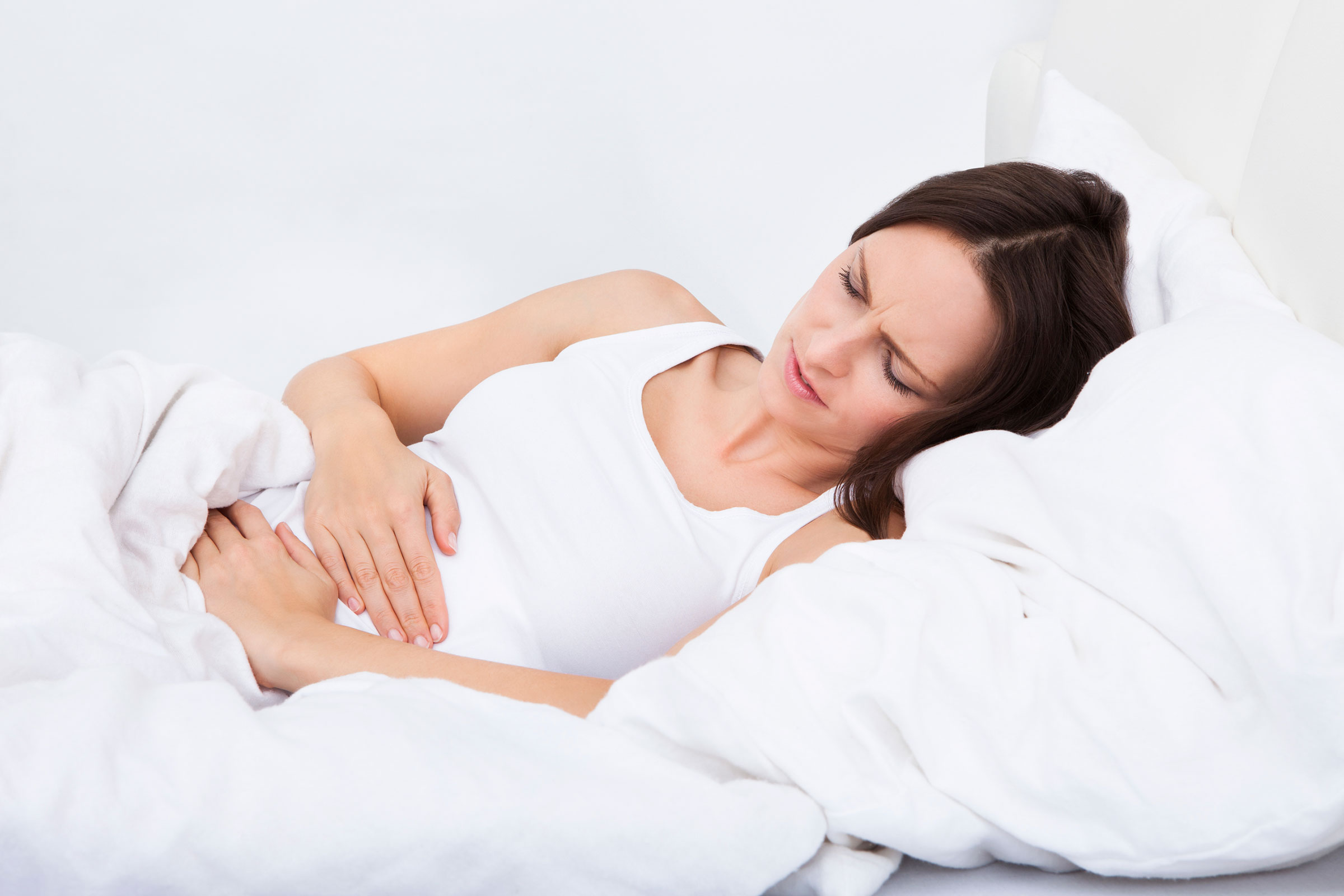You have been trying to get pregnant without success but you also have irregular periods. You may also never get your period. What could be the problem? You may have ovulatory disfunction. Ovulatory dysfunction is a common cause of female infertility, occurring in up to 40 percent of infertile women.
Ovulation is the release of an egg from the ovary. This must happen in order to achieve pregnancy naturally. If ovulation is irregular, but not completely absent, this is called oligoovulation. Anovulation means lack of ovulation, or absent ovulation. Both anovulation and oligovulation are kinds of ovulatory dysfunction.
Usually, women with anovulation will have irregular periods. In the worst case, they may not get their cycles at all. If your cycles are shorter than 21 days, or longer than 36 days, you may have ovulatory dysfunction. If your cycles fall within the normal range of 21 to 36 days, but the length of your cycles varies widely from month to month, that may also be a sign of ovulatory dysfunction.
For example, if one month your period is 22 days, the next it’s 35, that much variation between cycles could signal an ovulation problem. It is possible to get your cycles on an almost normal schedule and not ovulate, though this isn’t common. A menstrual cycle where ovulation doesn’t occur is called an anovulatory cycle.
How Does Anovulation and Ovulatory Dysfunction Cause Infertility?
Even for a couple without fertility issues, the chances of conception are about 25 percent each month. And even if ovulation is normal, there is no guarantee of pregnancy. When a woman is anovulatory, she can’t get pregnant because there is no egg to be fertilized. If a woman has irregular ovulation, she has fewer chances to conceive, since she ovulates less frequently. In addition, late ovulation doesn’t produce the best quality eggs. This may also make fertilization less likely. There can be hormonal irregularities with ovulatory dysfunction.
These hormonal irregularities can sometimes lead to other issues, like…
- lack of fertile cervical mucus
- thinner or over thickening of the endometrium (where the fertilized egg needs to implant)
- abnormally low levels of progesterone
- a shorter luteal phase
What Causes Anovulation?
Anovulation and ovulatory dysfunction can be caused by a number of factors. The most common cause of ovulatory dysfunction is polycystic ovarian syndrome, or PCOS. Other potential causes of irregular or absent ovulation:
- Obesity
- Too low body weight
- Extreme exercise
- Hyperprolactinemia
- Premature ovarian failure
- Perimenopause, or low ovarian reserves
- Thyroid dysfunction (hyperthyroidism)
- Extremely high levels of stress
How Is Anovulation Diagnosed?
Dr Madanes will ask you about your menstrual cycles. If you report irregular or absent cycles, ovulatory dysfunction will be suspected. He might also ask you to track your basal body temperature at home for a few months. You can learn more about tracking BBT here.
Next, blood work will be ordered to check hormone levels. One of those tests might include a day 21 progesterone blood test. After ovulation, progesterone levels rise. If your progesterone levels do not rise, you are probably not ovulating. Dr Madanes may also order a ultrasound. The ultrasound will check out the shape and size of uterus and ovaries, and also look to see if your ovaries are polycystic, a symptom of PCOS. Ultrasound can also be used to track follicle development and ovulation, though this isn’t commonly done. In this case, you might have several ultrasounds over a one- to two-week period.
What Are the Potential Treatments for Anovulation?
Dr Madanes will prescribe various treatments based on your particular diagnosis. Treatment may also include changes in lifestyle or diet. You may have to lose weight if you are overweight. Or if you are underweight or exercise in the extreme, you may have to gain weight or lessen your exercise routine to ovulate.
The most common treatment for anovulation is fertility drugs. Usually, Clomid is the first fertility drug tried. Clomid can trigger ovulation in 80 percent of anovulatory women, and help about 45 percent get pregnant within six months of treatment. If Clomid doesn’t work, there are other fertility treatments left to try.
If you have PCOS, metformin may help you to start ovulating again. Six months of treatment is required before you’ll know if the metformin will work. If metformin alone doesn’t help, using fertility drugs in combination has been shown to increase the chance of success in women who didn’t ovulate on fertility drugs alone. The cancer drug letrozole (Femara) may be more successful at triggering ovulation in women with PCOS.
If the cause of anovulation is premature ovarian failure, or low ovarian reserves, then fertility drugs are less likely to work. But that doesn’t mean you can’t get pregnant with your own eggs. You still may be unable to conceive with your own eggs and may require IVF treatment with an egg donor.
Our medical staff is also available to answer your questions at 1-800-244-0212.
Ready to get started? Book a consultation.
Sources:
Infertility. National Library of Medicine: MedlinePlus.
Medications for Inducing Ovulation: A Guide for Patients. American Society of Reproductive Medicine.

